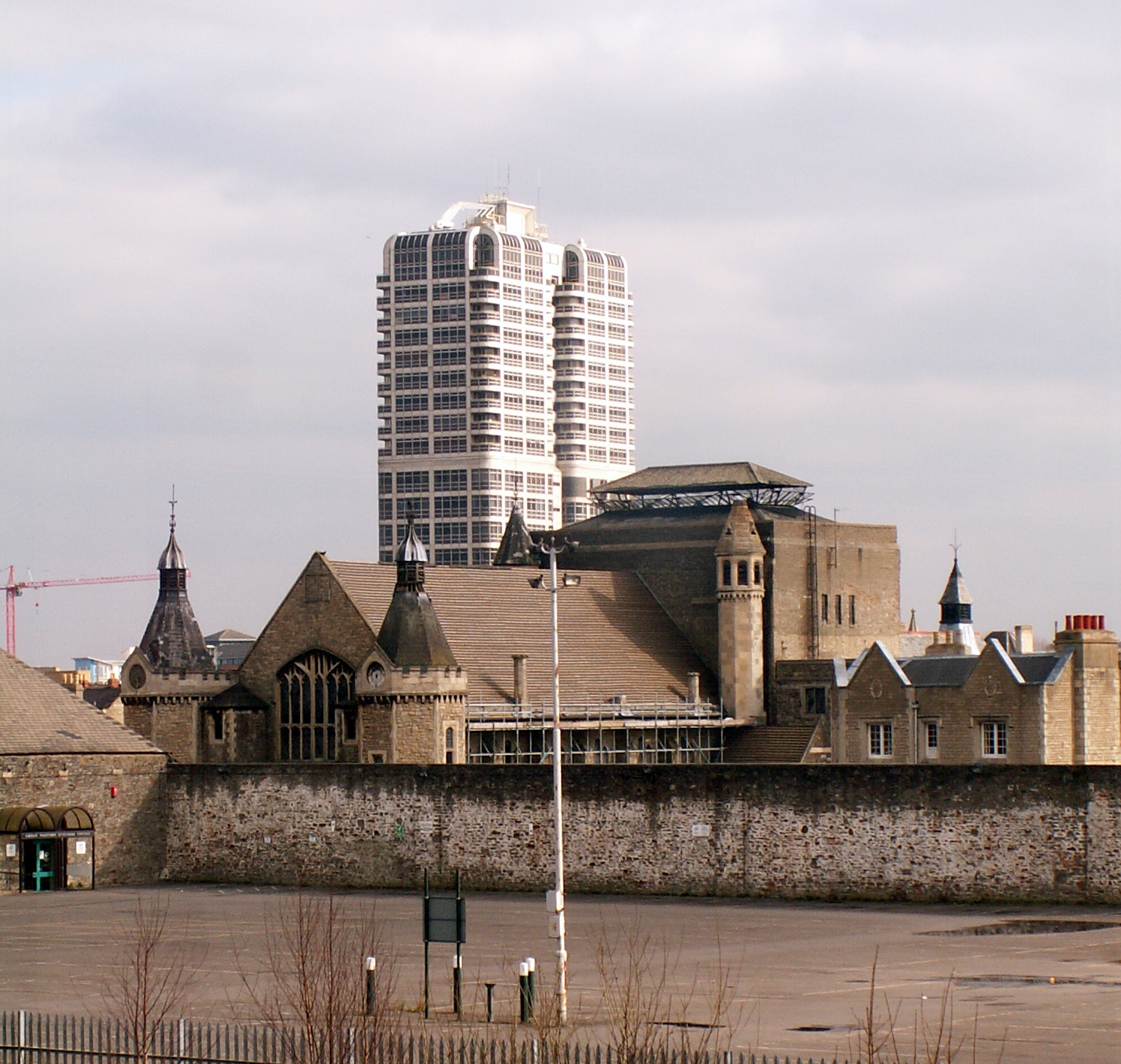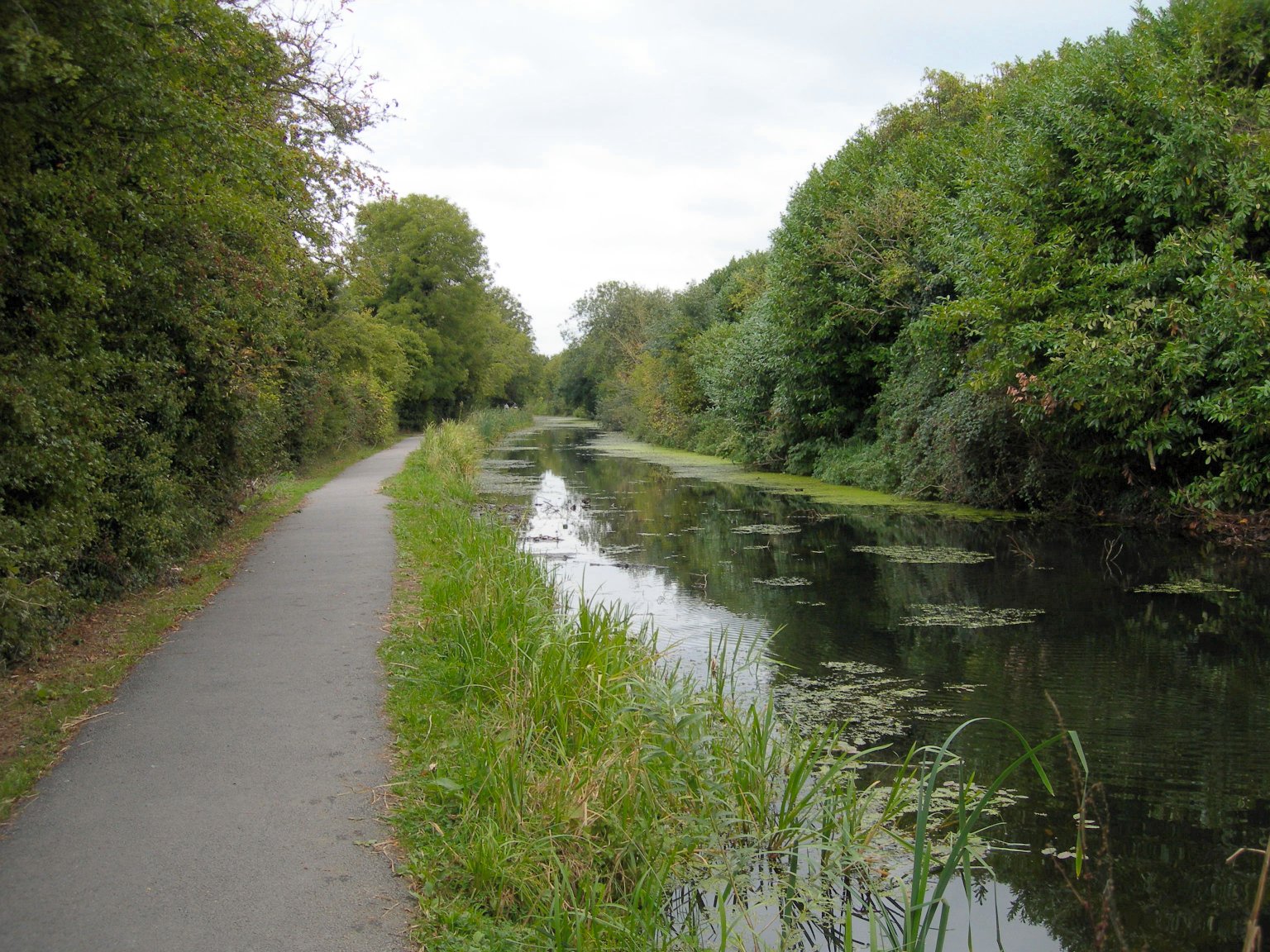|
Swindon Mechanics' Institute
Swindon Mechanics' Institute is a Grade II* listed building in Swindon, Wiltshire. It is located in the railway village area, which is today part of a conservation area. The Swindon Mechanics' Institute served workers from the Swindon Railway Works. History Paid for via subscription by the Great Western Railway workers based at Swindon Railway Works, the building was designed and constructed by Edward Roberts and completed in 1855. It contained a lending library and provided health services to workers. It was enlarged in 1892-93 to a design by Brightwen Binyon, after which the committee opened up its health services to other local workers. Nye Bevan, mastermind of the NHS The National Health Service (NHS) is the umbrella term for the publicly funded healthcare systems of the United Kingdom (UK). Since 1948, they have been funded out of general taxation. There are three systems which are referred to using the " ... later said: After the Institute closed in 1986, and af ... [...More Info...] [...Related Items...] OR: [Wikipedia] [Google] [Baidu] |
Listed Building
In the United Kingdom, a listed building or listed structure is one that has been placed on one of the four statutory lists maintained by Historic England in England, Historic Environment Scotland in Scotland, in Wales, and the Northern Ireland Environment Agency in Northern Ireland. The term has also been used in the Republic of Ireland, where buildings are protected under the Planning and Development Act 2000. The statutory term in Ireland is " protected structure". A listed building may not be demolished, extended, or altered without special permission from the local planning authority, which typically consults the relevant central government agency, particularly for significant alterations to the more notable listed buildings. In England and Wales, a national amenity society must be notified of any work to a listed building which involves any element of demolition. Exemption from secular listed building control is provided for some buildings in current use for worship, ... [...More Info...] [...Related Items...] OR: [Wikipedia] [Google] [Baidu] |
Swindon
Swindon () is a town and unitary authority with Borough status in the United Kingdom, borough status in Wiltshire, England. As of the 2021 Census, the population of Swindon was 201,669, making it the largest town in the county. The Swindon unitary authority area had a population of 233,410 as of 2021. Located in South West England, the town lies between Bristol, 35 miles (56 kilometres) to its west, and Reading, Berkshire, Reading, equidistant to its east. Recorded in the 1086 Domesday Book as ''Suindune'', it was a small market town until the mid-19th century, when it was selected as the principal site for the Great Western Railway's repair and maintenance Swindon Works, works, leading to a marked increase in its population. The new town constructed for the railway workers produced forward-looking amenities such as the UK’s first lending library and a ‘cradle-to-grave' health care centre that was later used as a blueprint for the National Health Service, NHS. After the W ... [...More Info...] [...Related Items...] OR: [Wikipedia] [Google] [Baidu] |
Wiltshire
Wiltshire (; abbreviated Wilts) is a historic and ceremonial county in South West England with an area of . It is landlocked and borders the counties of Dorset to the southwest, Somerset to the west, Hampshire to the southeast, Gloucestershire to the north, Oxfordshire to the northeast and Berkshire to the east. The county town was originally Wilton, after which the county is named, but Wiltshire Council is now based in the county town of Trowbridge. Within the county's boundary are two unitary authority areas, Wiltshire and Swindon, governed respectively by Wiltshire Council and Swindon Borough Council. Wiltshire is characterised by its high downland and wide valleys. Salisbury Plain is noted for being the location of the Stonehenge and Avebury stone circles (which together are a UNESCO Cultural and World Heritage site) and other ancient landmarks, and as a training area for the British Army. The city of Salisbury is notable for its medieval cathedral. Swindon is the ... [...More Info...] [...Related Items...] OR: [Wikipedia] [Google] [Baidu] |
Swindon Works
Swindon railway works was opened by the Great Western Railway in 1843 in Swindon, Wiltshire, England. It served as the principal west England maintenance centre until closed in 1986. History In 1835 Parliament approved the construction of the Great Western Main Line between Paddington railway station, London and Bristol Temple Meads railway station, Bristol by the Great Western Railway (GWR). Its Chief Engineer was Isambard Kingdom Brunel. From 1836, Brunel had been buying locomotives from various makers for the new railway. Brunel's general specifications gave the locomotive makers a free hand in design, although subject to certain constraints such as piston speed and axle load, resulting in a diverse range of locomotives of mixed quality. In 1837, Brunel recruited Daniel Gooch and gave him the job of rectifying the heavy repair burden of the GWR's mixed bag of purchased locomotives. It became clear that the GWR needed a central repair works so, in 1840 Gooch identified a sit ... [...More Info...] [...Related Items...] OR: [Wikipedia] [Google] [Baidu] |
Swindon Insitute 1854 9
Swindon () is a town and unitary authority with borough status in Wiltshire, England. As of the 2021 Census, the population of Swindon was 201,669, making it the largest town in the county. The Swindon unitary authority area had a population of 233,410 as of 2021. Located in South West England, the town lies between Bristol, 35 miles (56 kilometres) to its west, and Reading, equidistant to its east. Recorded in the 1086 Domesday Book as ''Suindune'', it was a small market town until the mid-19th century, when it was selected as the principal site for the Great Western Railway's repair and maintenance works, leading to a marked increase in its population. The new town constructed for the railway workers produced forward-looking amenities such as the UK’s first lending library and a ‘cradle-to-grave' health care centre that was later used as a blueprint for the NHS. After the Second World War, the town expanded dramatically again, as industry and people moved out from Lon ... [...More Info...] [...Related Items...] OR: [Wikipedia] [Google] [Baidu] |
Great Western Railway
The Great Western Railway (GWR) was a British railway company that linked London with the southwest, west and West Midlands of England and most of Wales. It was founded in 1833, received its enabling Act of Parliament on 31 August 1835 and ran its first trains in 1838 with the initial route completed between London and Bristol in 1841. It was engineered by Isambard Kingdom Brunel, who chose a broad gauge of —later slightly widened to —but, from 1854, a series of amalgamations saw it also operate standard-gauge trains; the last broad-gauge services were operated in 1892. The GWR was the only company to keep its identity through the Railways Act 1921, which amalgamated it with the remaining independent railways within its territory, and it was finally merged at the end of 1947 when it was nationalised and became the Western Region of British Railways. The GWR was called by some "God's Wonderful Railway" and by others the "Great Way Round" but it was famed as the "Holiday ... [...More Info...] [...Related Items...] OR: [Wikipedia] [Google] [Baidu] |
Swindon Railway Works
Swindon railway works was opened by the Great Western Railway in 1843 in Swindon, Wiltshire, England. It served as the principal west England maintenance centre until closed in 1986. History In 1835 Parliament approved the construction of the Great Western Main Line between London and Bristol by the Great Western Railway (GWR). Its Chief Engineer was Isambard Kingdom Brunel. From 1836, Brunel had been buying locomotives from various makers for the new railway. Brunel's general specifications gave the locomotive makers a free hand in design, although subject to certain constraints such as piston speed and axle load, resulting in a diverse range of locomotives of mixed quality. In 1837, Brunel recruited Daniel Gooch and gave him the job of rectifying the heavy repair burden of the GWR's mixed bag of purchased locomotives. It became clear that the GWR needed a central repair works so, in 1840 Gooch identified a site at Swindon because it was at the junction of the Golden Val ... [...More Info...] [...Related Items...] OR: [Wikipedia] [Google] [Baidu] |
Brightwen Binyon
Brightwen Binyon, FRIBA, (30 May 1846 – 21 September 1905) was a British architect. Life He was born at Headley Grange, Victoria Park, Manchester, the son of Edward Binyon (1791–1855), a sugar refiner and tea dealer, and his wife Jane née Brightwen (1805–1890). He was educated at a Friends School (formerly Stramongate School) in Kendal, before training as an architect under Alfred Waterhouse between 1863 and 1871. Later he gained membership of the RIBA. He then travelled around the continent after which he came to Ipswich. He lived with his mother at 43 Fonnereau Road, Ipswich in 1874. On 18 September 1879 in Darlington, he married Rachel Mary Cudworth (1853–1949) of Darlington. She was the daughter of William Cudworth and Mary Thompson. They then lived at 5 Henley Road, Ipswich with Brightwen having an architect’s office at 36 Princes Street, Ipswich. Henry Percy Adams was later articled to him. He had many commissions in Suffolk including the Corn Exchange, the ... [...More Info...] [...Related Items...] OR: [Wikipedia] [Google] [Baidu] |
Nye Bevan
Aneurin "Nye" Bevan PC (; 15 November 1897 – 6 July 1960) was a Welsh Labour Party politician, noted for tenure as Minister of Health in Clement Attlee's government in which he spearheaded the creation of the British National Health Service. He is also known for his wider contribution to the founding of the British welfare state. He was first elected as MP for Ebbw Vale in 1929, and used his Parliamentary platform to make a number of influential criticisms of Winston Churchill and his Conservative government during the Second World War. Before entering Parliament, Bevan was involved in miner's union politics and was a leading figure in the 1926 general strike. Bevan is widely regarded as one of the most influential left-wing politicians in British history. Raised in Monmouthshire by a Welsh working-class family, he was the son of a coal miner and left school at 14. Bevan first worked as a miner during his teens where he became involved in local miner's union polit ... [...More Info...] [...Related Items...] OR: [Wikipedia] [Google] [Baidu] |







